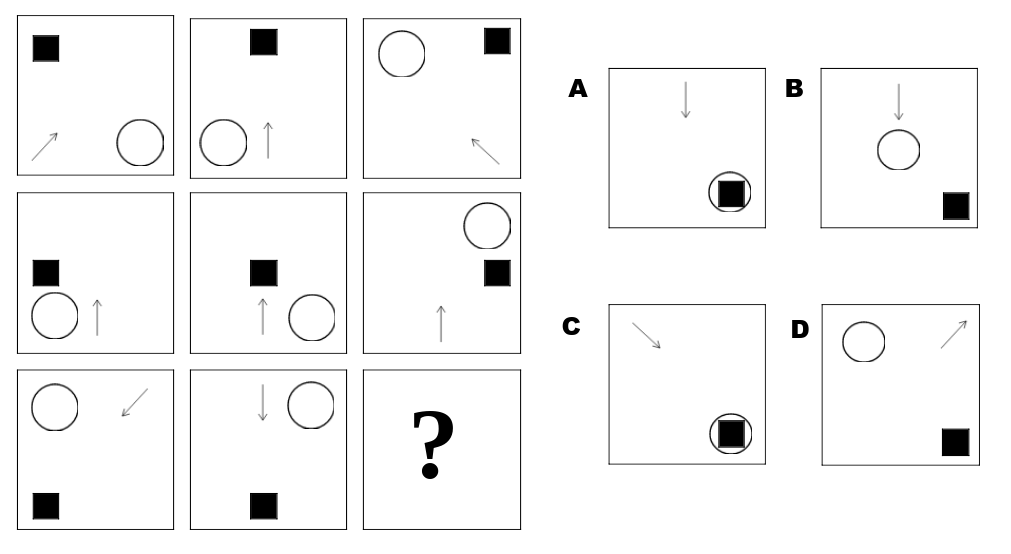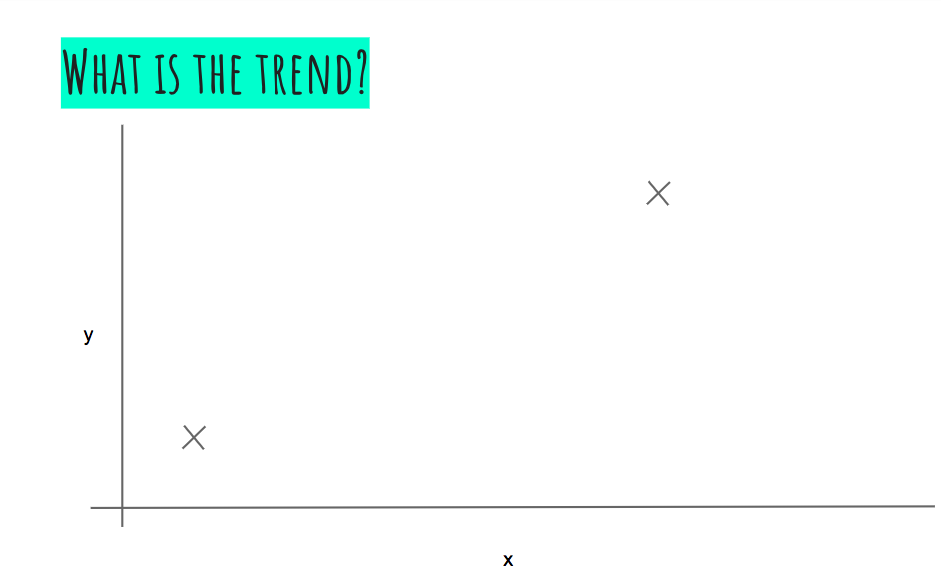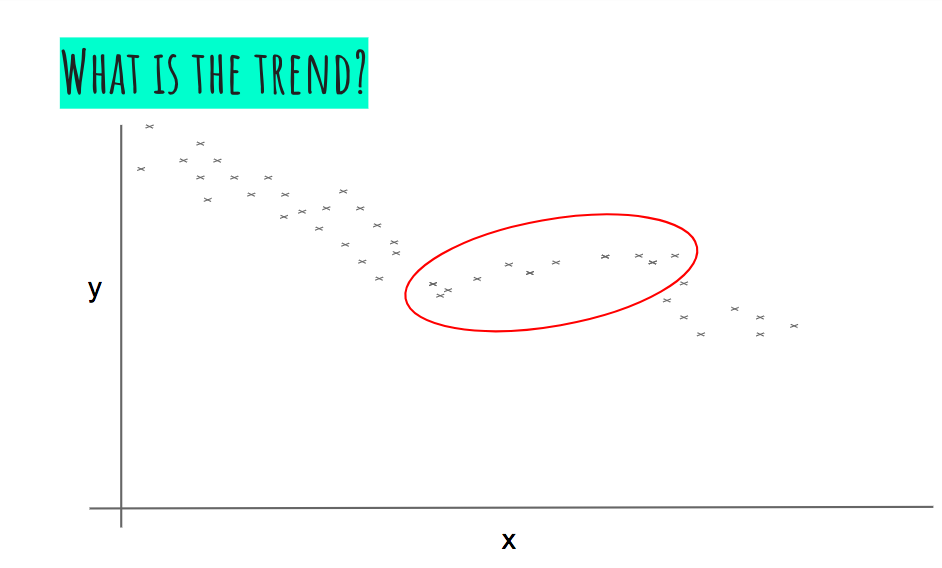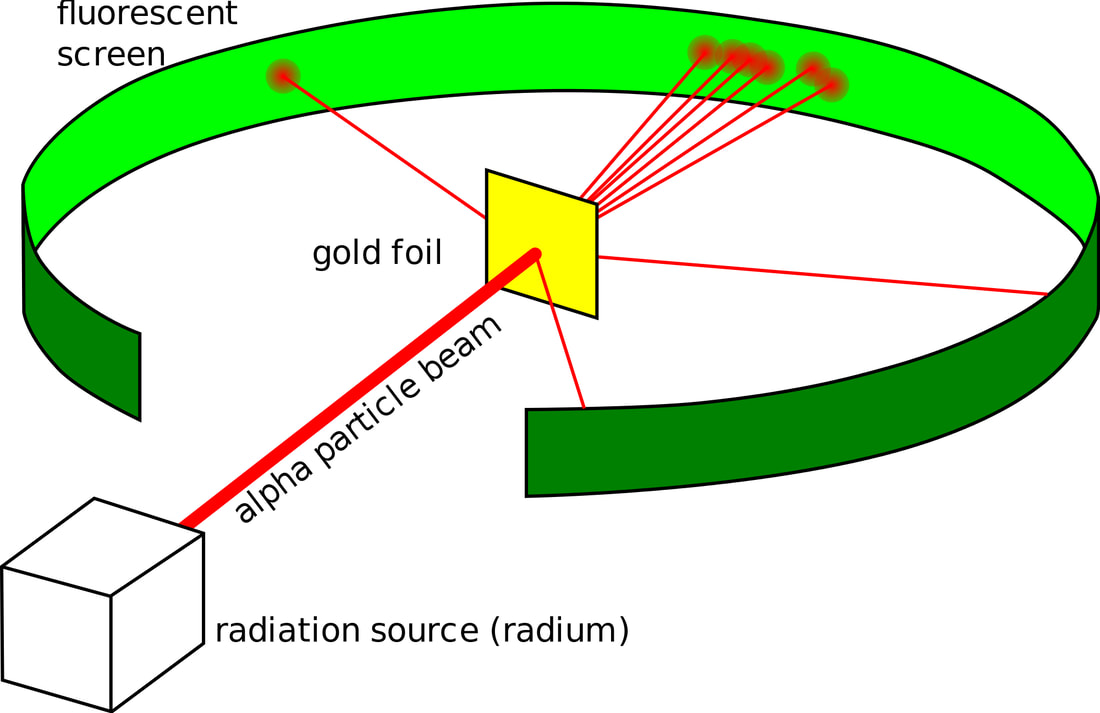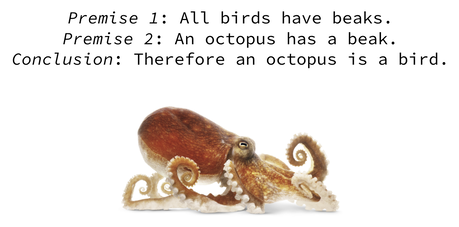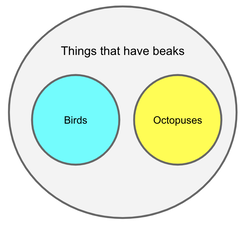Activity 1 - What role does reason play in the natural sciences?
Conceptual understanding: The validity of inductive reason is often related to the amount of evidence.
|
Time: 15 min.
Task: Consider the following questions:
|
Activity 2 - What if...?
Conceptual understanding: Imagination is used to design submicroscopic models that might help explain the macroscopic world.
|
Time: 15 min.
Background info: Ernest Rutherford model of the atom (see Brian Cox explain it this video) was formed using the results of his famous gold foil experiment. Each feature of his model is supported by observations and empirical data:
|
Task: Suggest models of the atom that he might have proposed if he had seen the following observations: Perhaps assume that your only prior knowledge is:
- Electrons existing as particles.
- Gold foil is charge-neutral..
|
Observation set A
|
Observation set B
|
Observation set C
|
Activity 3 - Invalid deductive reason
Conceptual understanding: A conclusion can be limited by invalid deductive reason.
Background info: The information below outlines what deductive reason is and an example of a flaw. Deductive reason is the application of a general rule (premise 1) to a specific case (premise 2) to reach a conclusion. In the example (below left), although the two premises are true, the logic applied in invalid - in reality, other animals can also have beaks. We can demonstrate this clearly using a Venn diagram (below right).
|
Task: Watch this clip from The Simpson. In this video, Homer uses deductive reason to reach an invalid conclusion about his idea of a Bear Patrol (in a town which didn't have any bears to begin with!).
Premise 1: The is a Bear Patrol in the town.
Premise 2: There are no bears present in the town. Conclusion: The Bear Patrol must keep the bears out of the town. a. Given that both premises are true, can you identify the flaw in his logic?
|
|
b. Outline Lisa's example of invalid logic in the same structure as above.
c. Use Venn diagrams to demonstrate the flaw in the logic applied.
